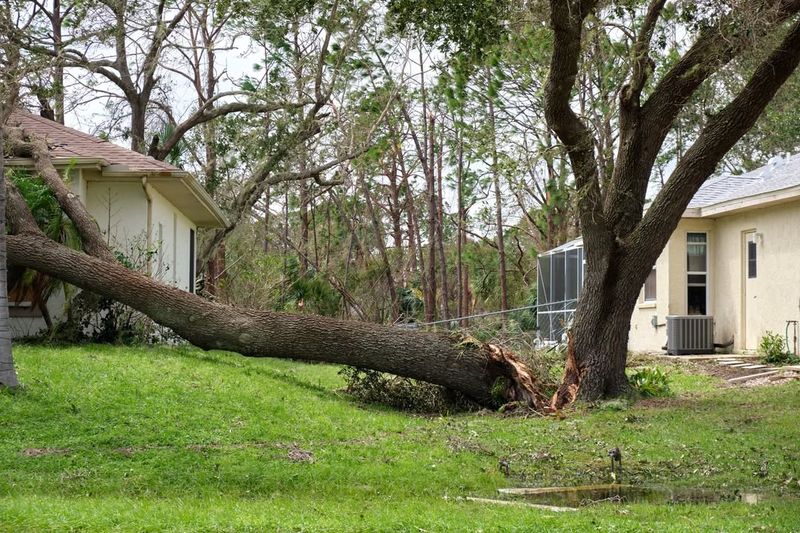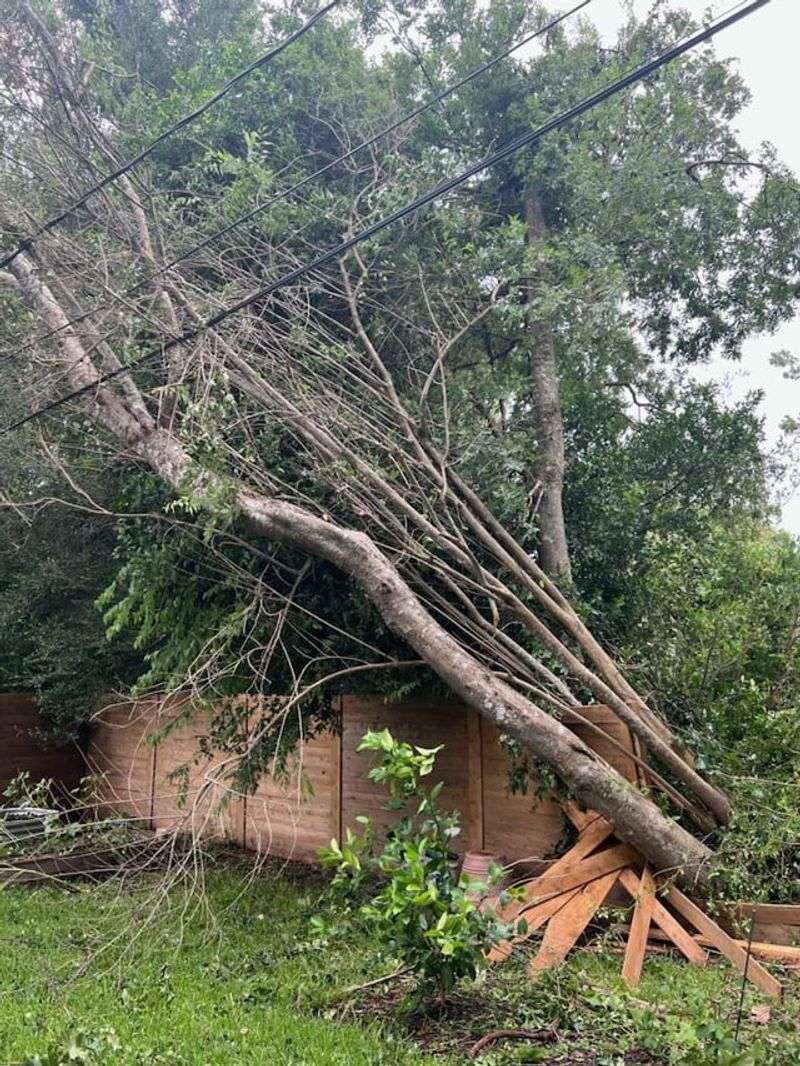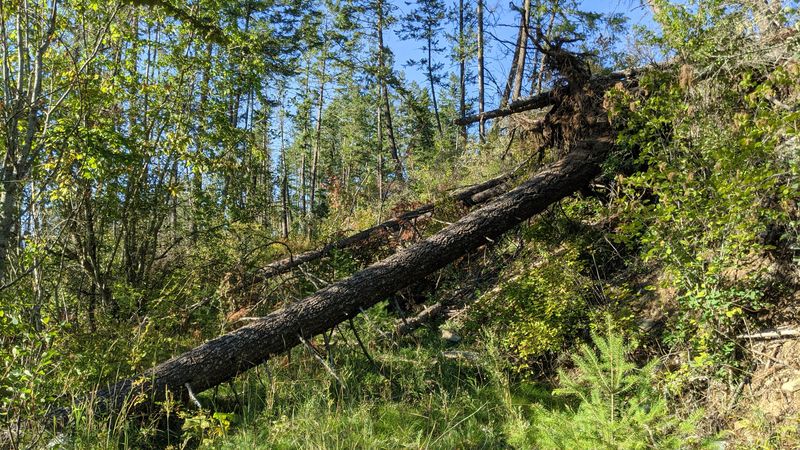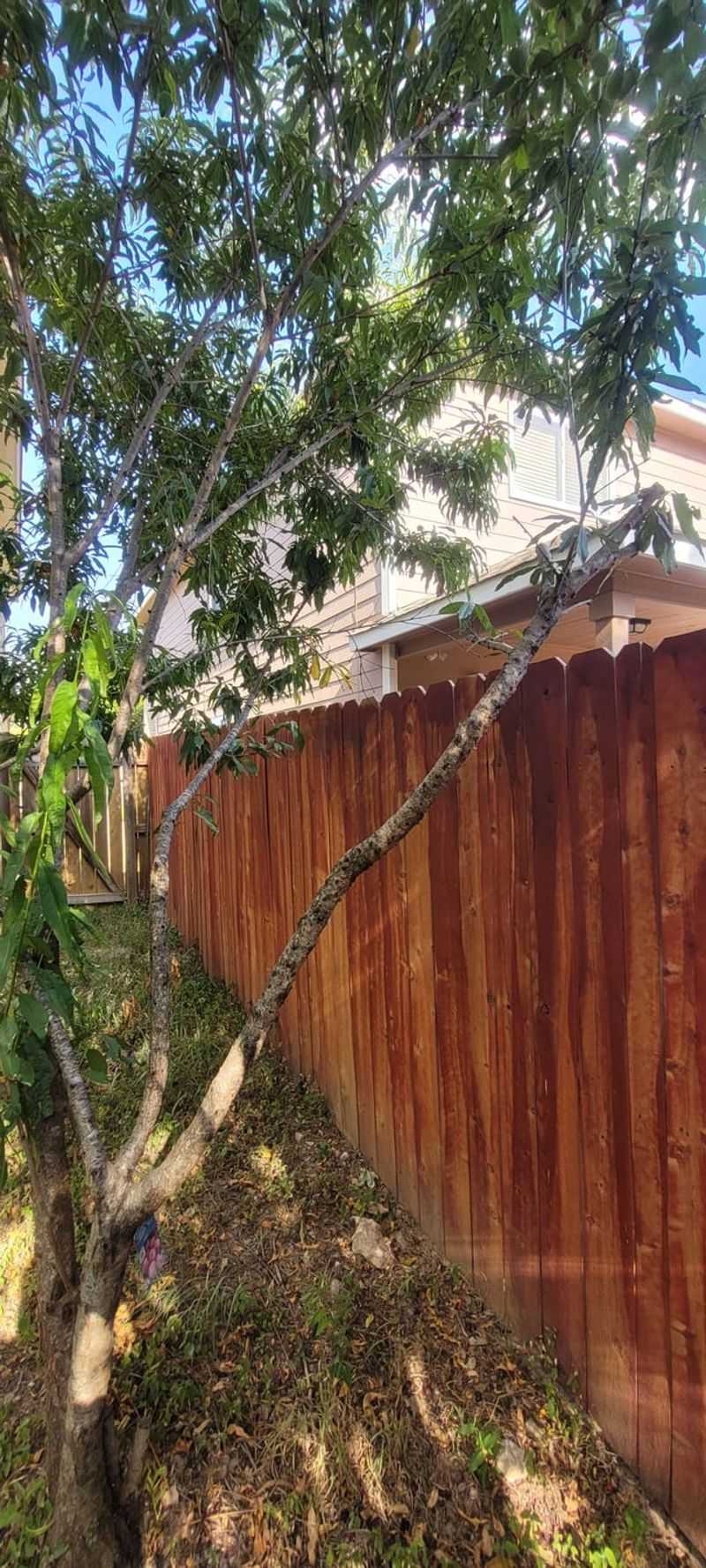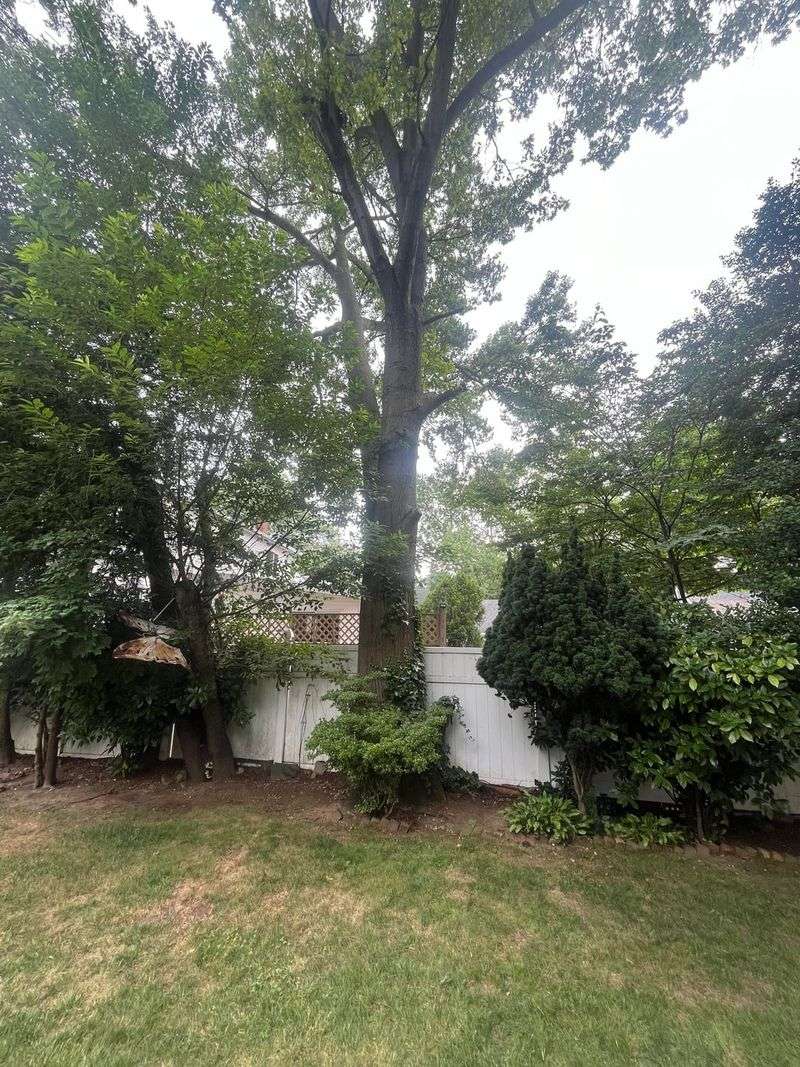When a neighbor’s tree crashes onto your Georgia property, figuring out who pays for the damage can feel confusing and stressful. Understanding the rules about tree responsibility helps you protect your home and know your rights.
Whether the tree fell during a storm or slowly leaned over your fence, Georgia law has specific guidelines about who handles the cleanup and repair costs.
1. Understanding Georgia’s Act Of God Rule
Georgia follows what lawyers call the Act of God rule when trees fall naturally. If a healthy tree topples over during a storm or high winds without any warning signs, your neighbor usually isn’t responsible for the damage it causes.
You’ll need to file a claim with your own homeowner’s insurance to cover repairs. This might seem unfair, but the law sees sudden weather events as unpredictable forces beyond anyone’s control.
Keeping good insurance coverage becomes essential for protecting yourself from unexpected tree accidents.
2. When Your Neighbor Knew The Tree Was Dangerous
Did you know your neighbor can be held liable if they ignored warning signs about a sick or damaged tree? When a tree shows obvious problems like large dead branches, deep cracks, or visible rot, property owners have a duty to address these hazards.
If you previously warned your neighbor about the dangerous tree in writing, they become responsible for any damage it causes later.
Taking photos and sending certified letters creates important evidence. Documentation proves you gave proper notice about the risky situation.
3. Documenting Problems Before Disaster Strikes
Smart homeowners keep detailed records when they spot concerning trees on neighboring properties. Snap clear photos showing the tree’s condition from multiple angles, including close-ups of any damage or disease.
Write down the date you first noticed problems and any changes over time. Send a polite letter to your neighbor explaining your concerns about the tree’s stability and keep copies of all correspondence.
These records become powerful tools if you later need to prove negligence or file an insurance claim.
4. Your Homeowner’s Insurance Coverage Options
Most homeowner’s insurance policies in Georgia cover tree damage to your house, garage, or other structures on your property. Your policy typically pays for removing the fallen tree and repairing damaged buildings, minus your deductible amount.
However, insurance companies might not cover tree removal if the tree only fell in your yard without hitting anything.
Reading your policy carefully helps you understand exactly what protection you have. Contact your insurance agent with questions about specific coverage limits.
5. Who Pays For Tree Removal Costs
Removal costs can climb into thousands of dollars depending on the tree’s size and location. Generally, whoever owns the property where the tree lands pays for removal, even if the tree originally grew on the neighbor’s land.
Your insurance might cover removal if the tree damaged a covered structure, but probably won’t pay if it just fell harmlessly in your yard.
Getting multiple quotes from licensed tree removal companies helps you find fair pricing. Some situations allow you to seek reimbursement from negligent neighbors.
6. Branches Hanging Over Your Property Line
Georgia law gives you the right to trim branches that hang over your side of the property line, but you must follow specific rules. You can cut branches back to the boundary without asking permission, as long as you don’t harm the tree’s overall health.
Never enter your neighbor’s property or damage the main trunk while trimming. If cutting the branches would seriously hurt or endanger the tree, you might need to negotiate with your neighbor instead.
Hiring a professional arborist ensures safe, proper trimming techniques.
7. Taking Legal Action Against Negligent Neighbors
Sometimes you need to take your neighbor to court to recover damages from their negligent tree maintenance. Building a strong case requires proving they knew about the danger and failed to act responsibly.
Gather all your documentation, photos, letters, and witness statements before consulting with a property law attorney. Small claims court handles disputes under five thousand dollars, while larger claims need regular civil court.
Many cases settle through negotiation before ever reaching a judge, saving everyone time and money.
8. Preventing Future Tree Conflicts With Neighbors
Open communication prevents most tree disputes from escalating into expensive legal battles. Talk with your neighbors regularly about trees near property lines and share concerns in a friendly, non-threatening way.
Consider splitting costs for removing dangerous trees that threaten both properties, creating goodwill while protecting everyone’s investment. Schedule regular tree inspections with certified arborists who can identify potential problems early.
Maintaining positive neighbor relationships makes resolving property issues much easier when unexpected situations arise.


